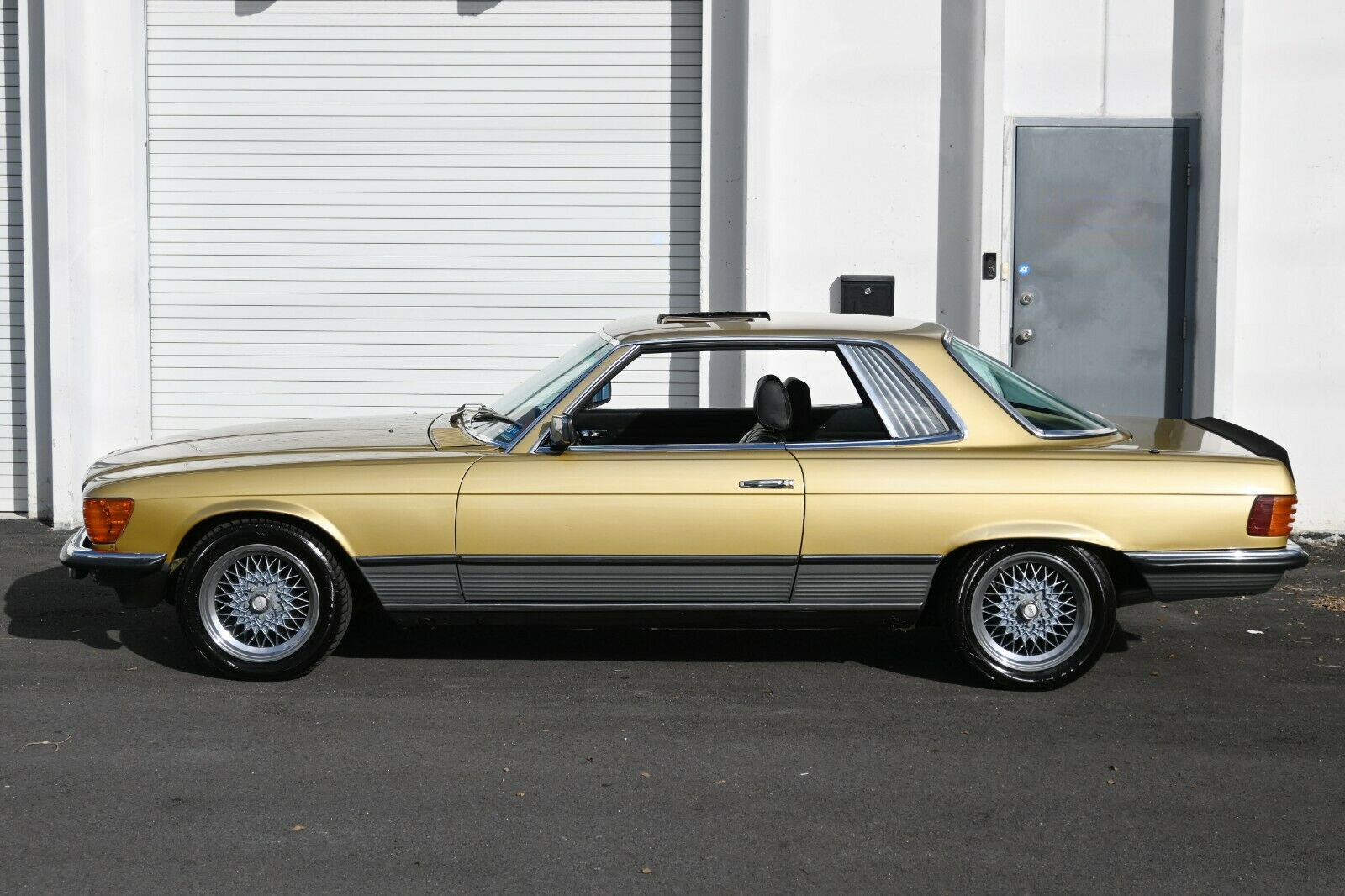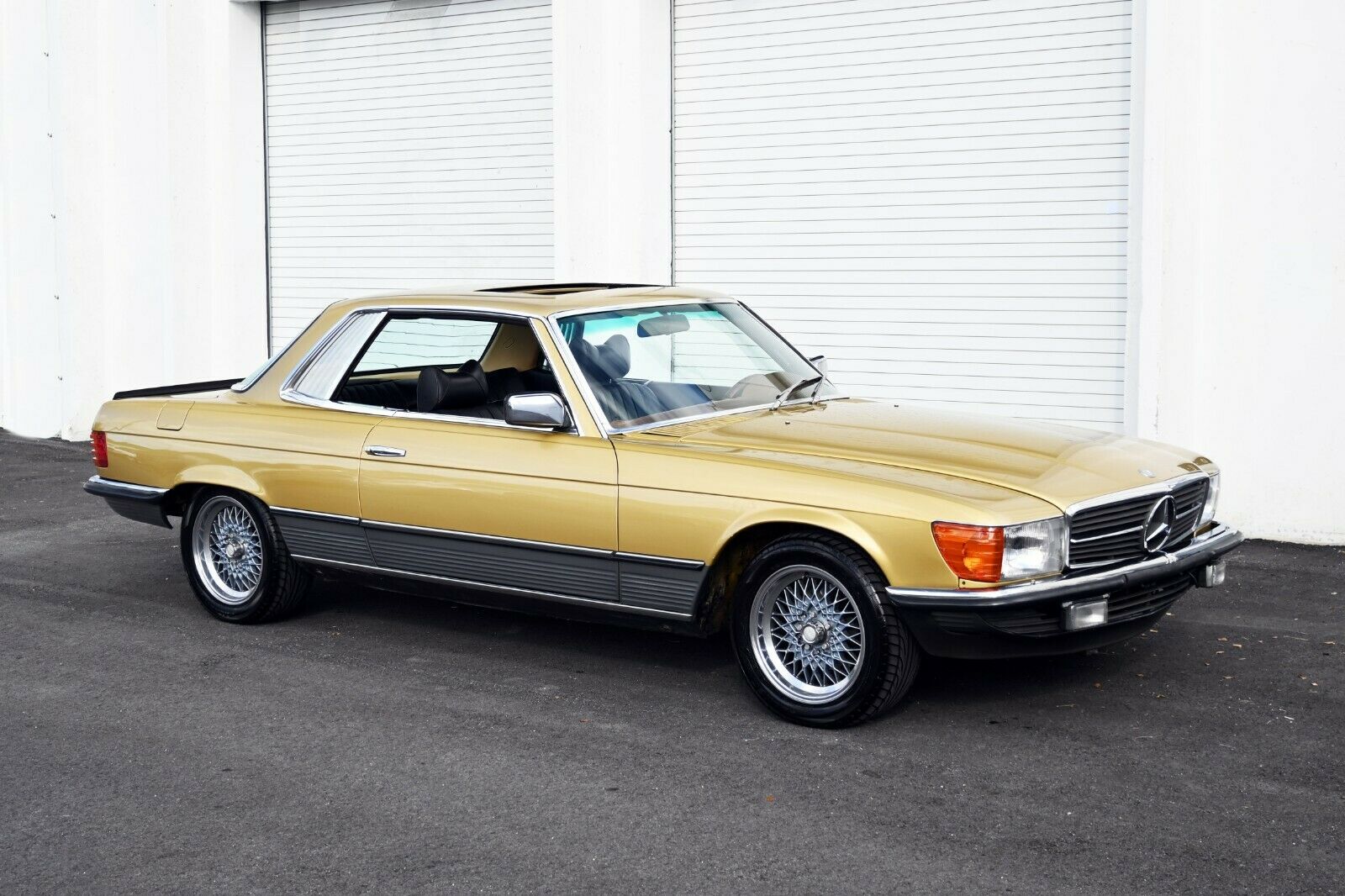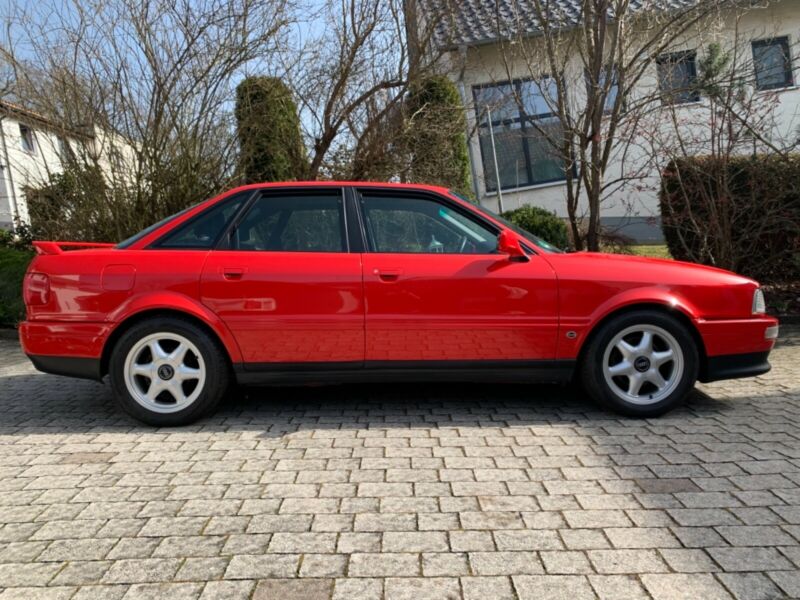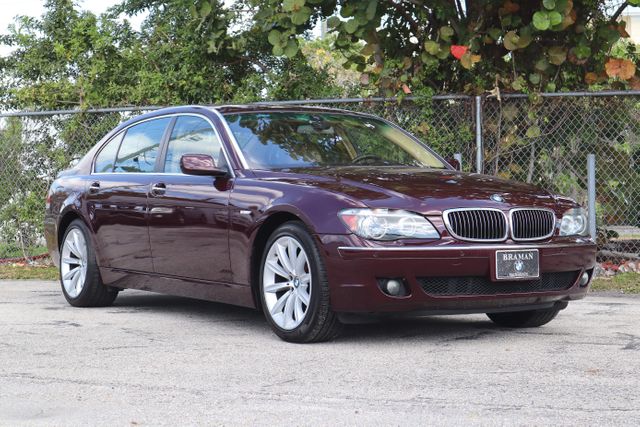When I think of homologation specials, there are all sorts of models that instantly pop into my head. Of course, being an Audi fan, the Sport Quattro is a great example of the insane Group B era. Of course, Group C spawned a whole series of special cars, from the RS200 and Lancia 037 to the Porsche 959. There’s the special 924 Carrera GTS, as well – a car few remember outside of Porsche circles, and one that’s often forgotten even by them. Then there’s the great period of DTM specials – the “Evolutions†of the M3, 190E and V8 quattro that proved Darwin was right, and we just looked at the later 80 Competition. Of course, you can go back even further and look at one of the most special cars ever created – the original Ferrari GTO – to see a very special homologation of a race car. But outside of the big headlines, there are plenty of small production run cars that were created to jump through loopholes, and returning to my original Group B example, we can see one neat car that was created in order to run in World Rally. It’s not a car you’d expect though – it’s the quite heavy and long Mercedes-Benz C107. Mercedes took steps to make it rally worthy, including lightweight aluminum panels in front and back, and of course upped the power with a new aluminum 5.0 V8:
Tag: Rare

The Audi racing program went through some really interesting changes between the late 1980s and the mid 1990s launch of what became one of the more dominant touring cars produced, the A4 STW. Continuously evolving regulations were part of that, coupled with a global recession and cost-cutting measures among many manufacturers. So it was just a few short years between the flame-breathing iconic 1989 Audi 90 IMSA and the death of the turbocharged Audi racing sedans entirely, though there were some interesting steps in between. For example, Audi tried their hand in the France with the 1992 Audi 80 quattro Supertourisme I looked at a few years ago:
That car was powered by a crazy turbocharged 2.0-liter inline-four. Simultaneously, Audi built a 2.5 liter V6 80 for the German DTM series, though they ended up withdrawing in protest over the series rules, and the car never ran. Quietly, in the background, a more reasonable – and very entertaining – solution emerged. In 1990, the British Touring Car Championship revised their rules to make racing more affordable in the wake of the massively fast and expensive Ford Sierra RS500s. The new regulations were based around production sedans of no more than 2.0 liters and with no turbochargers. This, in turn, led to a series of homologation specials to make cars legal for the new Super Touring regulations, and Audi was happy to take part. What emerged was the Audi 80 Competition quattro – limited to 2,500 units to comply with regulations, Audi stuffed a development of 2.0 16v inline four also found in the European-market B3 Coupe into the B4 chassis quattro, stuck an S2 front end on it and a raised rear spoiler, quattro-script interior and a few other goodies, and sold them to the public:
CLICK FOR DETAILS: 1994 Audi 80 Competition quattro on Mobile.de
7 Comments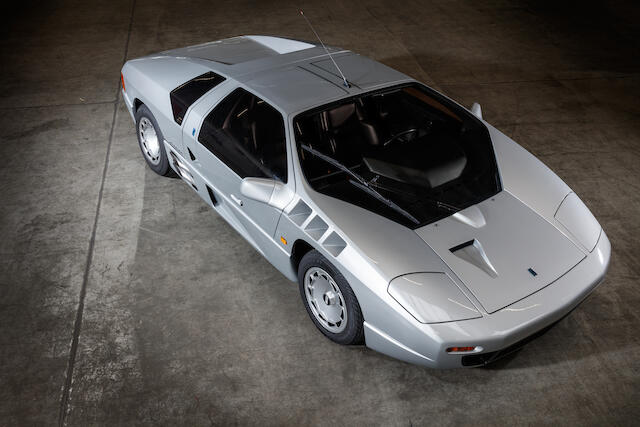
Back in 2020, just before the end of the year, I took a look at one of my all-time favorite cars – the Isdera Commendatore 112i:
That car was itself a development of what you see here – the 108i. Developed by Porsche engineer Eberhard Schulz and Mercedes-Benz engineer Rainer Buchmann as a successor to the C111 prototypes, the CW311 stuck a M100 6.3 liter V8 behind the driver and was pretty outrageous. When it came to market in 1984 in as the Imperator, the motor had changed to a 5.0 version of the M117 and later M119 motors. That was still good to push the Isdera to the best part of 180 mph in the same Road & Track test at Ehra-Lessien, Germany in 1987 that made the Ruf Yellowbird famous.
Somewhere around 13 of the later ‘Series II’ Imperators were made with the M119, and this one is coming up for sale soon – though, the location will probably give you a clue as to the expected price:
CLICK FOR DETAILS: 1991 Isdera Imperator 108i at Bonhams Monaco
1 CommentTwo names appear in this post that aren’t nearly as widely recognized as they should be. The first is Andreas Glas, the proprietor of Hans Glas GmbH. In the 1960s, this company briefly moved away from its bonds as constructor of sewing machines and licensed Goggomobils to produce some seriously pretty coupes; the 1300GT and 1700GT were the first and better known, but the 2600 and 3000 V8 were no less striking. That’s because of the second name involved in this post; Pietro Frua.
Frua isn’t nearly as well known as the other great Italian designers of the 1960s, but he had a unique style all his own. Well before Gandini and Giugiaro capitalized on the angular wedge era of automotive design, Frua’s low, long and flat lines stood sharply apart from the rounded arches that dominated Pininfarina, Ghia and Vignale. Glas used the designs, along with the pioneering use of timing belts, to offer a slightly different vision of German transportation. It was more emotive, more flowing and, frankly, more pretty than just about anything else in period from the major manufacturers. Indeed, many compared Frua’s work on the 2600 to the Maserati Sebring – exotic company, indeed, and fitting given that the designer went on to work on several of the Trident’s designs.
But Hans Glas GmbH was bought out outright by BMW, mostly for the procurement of the Dingolfing plant and engineering crew. Before BMW closed the chapter, though, they updated a few of the Glas designs with new Munich power, stuck some BMW badges on them and Viola! A new catalog of cars! This 1968 BMW Glas 3000 V8 is an example of the seldom seen period of BMW history:
